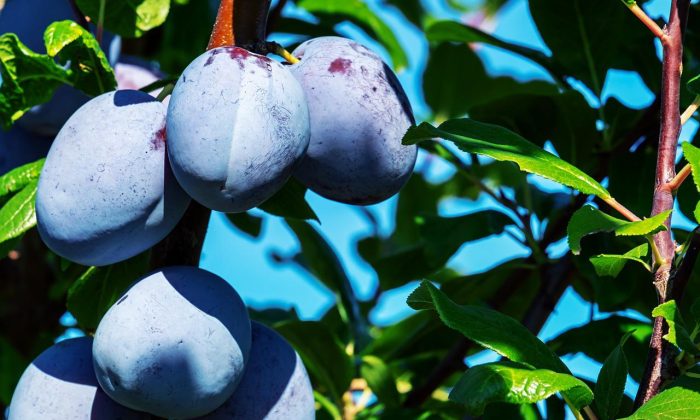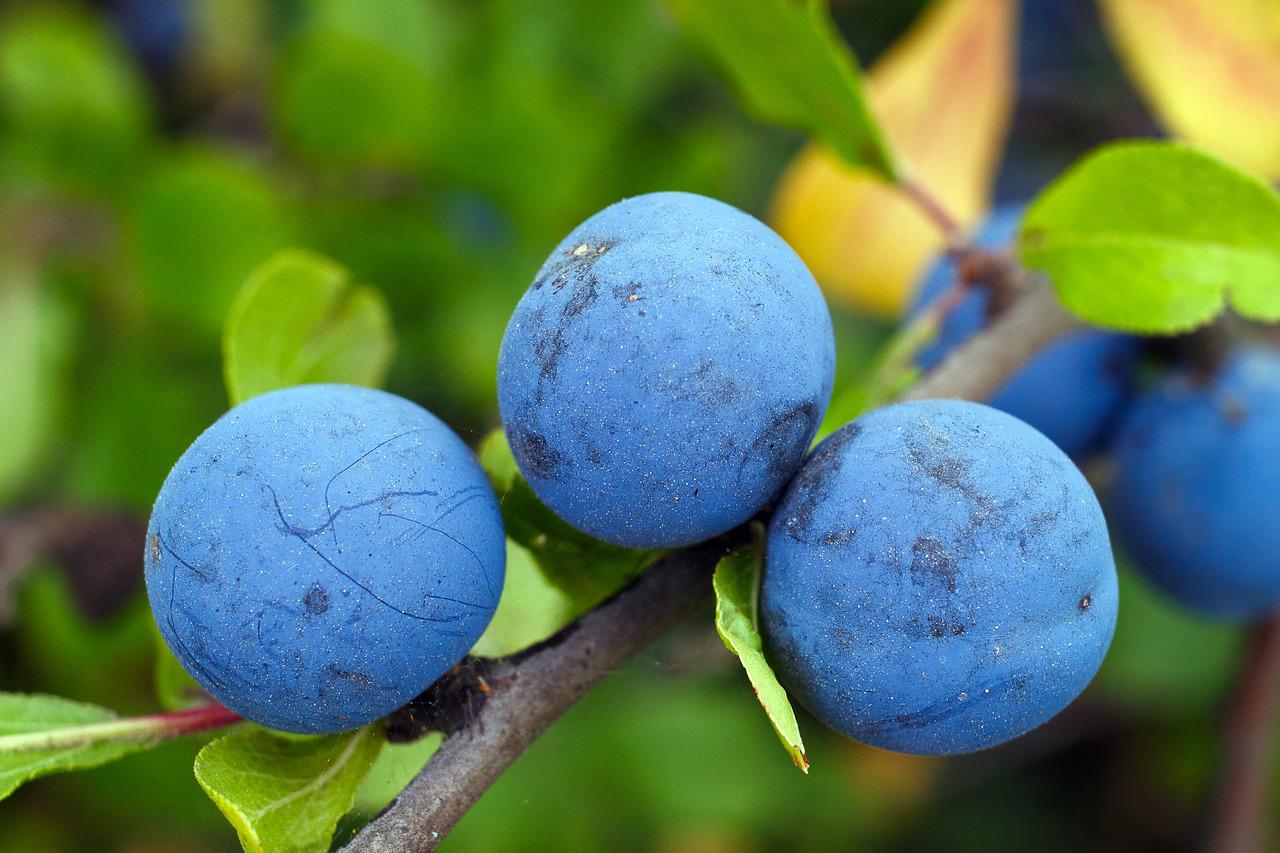The most common plum diseases

Plum tree diseases are not exotic at all but are feared by many gardeners and, yes by plum brandy lovers. If you know how to take proper precautionary measures, you will help your trees and increase your harvest significantly. Most often plum trees are destroyed by viral diseases. Usually, the disease is discovered too late and part of your harvest is destroyed and you can only hope that you will be able to prevent the disease from spreading.
Viral diseases and transmission
The vast majority of plums can be infected with viral diseases. Old trees are usually affected and suffer most significant damage. These diseases include fungal mycoses, viruses or other diseases. Viral diseases are transmitted through vegetative propagation and may be transmitted by grafting, pollination or by insects, most often by aphids. Unfortunately, symptoms of most viral disease appear very slowly or we fail to identify them completely. Let us list at least few of them.
– plum pox or sharka
– mosaic virus
– plum pox caused by a virus
– polystigma rubrum

Preventive measures
First and foremost, you should always try to select the most resistant plum varieties . There are several strong varieties on the market today, so you should be able to get the one that suits your needs. You can also get high-quality antiviral products. Lastly, you should protect your trees from small parasites and pests, which carry all types of diseases.
A good news – infected fruits are not defective
The health aspect is very important but do not despair as infested fruits should not have any negative effects on human health. Infested fruits should be the same as the healthy ones. So, if the plum looks ok and not “repulsive” at first glance, then you should not worry. But the problem is that plums usually fall from the tree before they can ripen and rot before you learn that something is wrong.
Plums: Photo Pixabay

Gardening is my hobby, I have a lot of experience and I am happy to share it.








0 comments